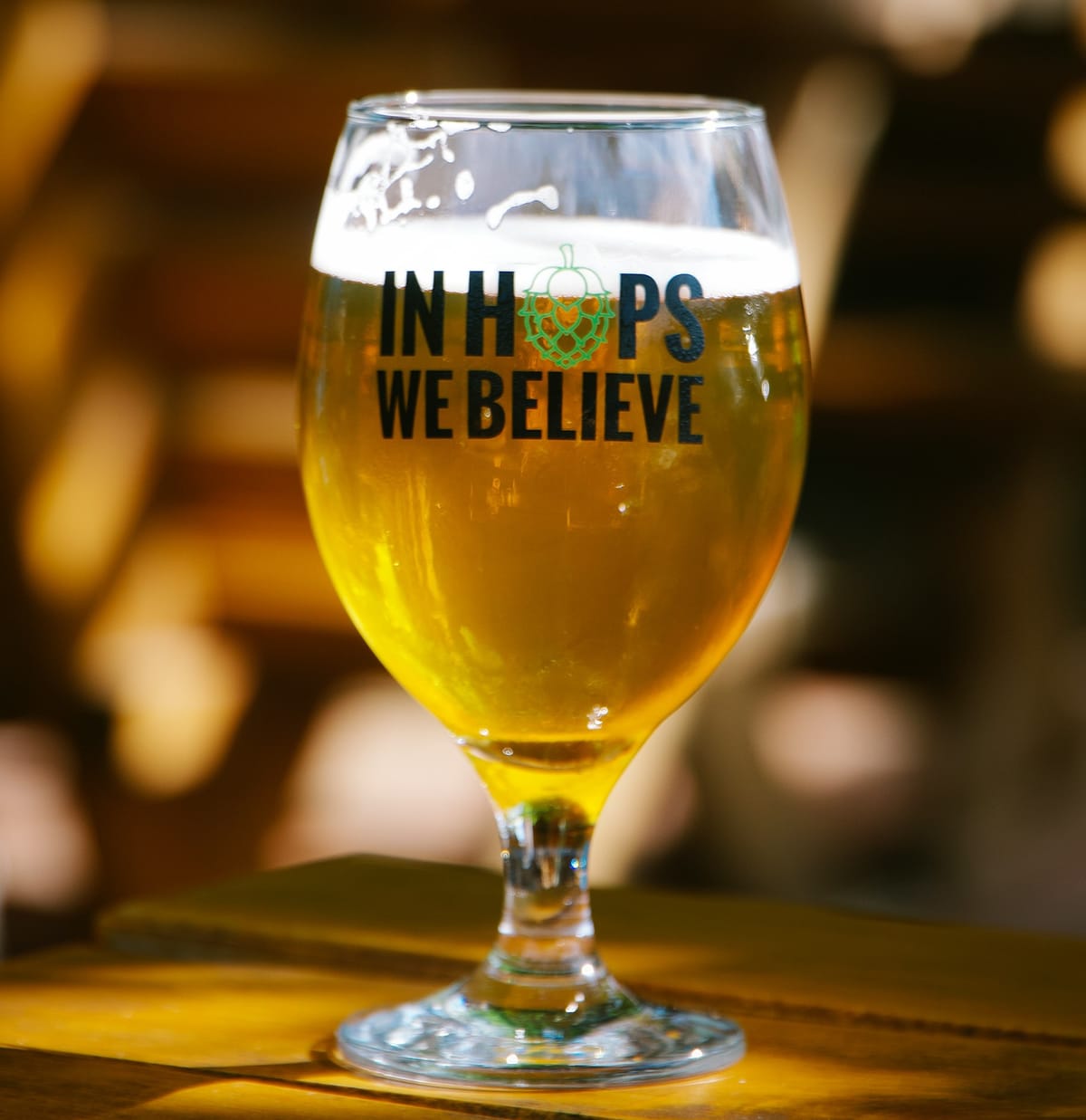Booze and brain: Neurons in trouble

Our brain is not just brain cells, little grey units full of thoughts and electricity and intellect ...
The brain is full of helper cells called astrocytes, two for every brain cell. Once thought to just fill space, these cells actually do a lot to support neurons and help the brain work properly.
Without astrocytes, the brain would be just ... well, uhm, grey stuff not working at all.
Recently, scientists have discovered that astrocytes play a big role in how alcohol affects the brain. This discovery may change how we think about alcohol use disorder and fetal alcohol effects, showing that neurons are not the only ones affected.
Astrocytes - more than just glue between brain cells
For a long time, brain research has mostly focused on neurons.
But in recent years, attention has turned to astrocytes. These star-shaped cells are now known to actively shape how the brain works. They clean up excess neurotransmitters, regulate brain blood flow, and help build and maintain the brain's architecture.
When it comes to alcohol, astrocytes seem to play a surprising role. Recent studies show that alcohol exposure, from fetal development through adulthood, can dramatically change how astrocytes behave.
This matters because their altered function may very well contribute to disorders like fetal alcohol spectrum disorder and alcohol use disorder. Let's look at this a bit chronologically. Let's start ... before it starts ... in the womb.
Astrocytes + alcohol = damage to the fetus's mind
In the developing brain, astrocytes help lay down the foundations for everything from blood vessels to synapses. They build the baby brain.
When alcohol enters the mouth then bloodstream, the fetus during pregnancy, it throws this process off course.
Astrocytes exposed to alcohol in lab models show changes in growth, increased cell death, and abnormal patterns of protein expression. These disruptions could very well explain some of the cognitive and behavioral problems seen in children with fetal alcohol spectrum disorders.
For example, alcohol exposure during gestation changes how astrocytes form "gap junctions". These are the touchpoints between two neurons, and therefore key for communication between cells.
There is evidence that alcohol harms the blood-brain barrier during development by damaging the interactions between the astrocytes and the cells in the wall of the brain's blood vessels.
The blood-brain barrier protects the brain by tightly regulating which substances can pass from the bloodstream into brain tissue. It blocks toxins and pathogens while allowing essential nutrients and gases to enter. So, damage to the barrier may potentially make the brain more vulnerable to toxins and inflammation.
It also alters the amount of proteins that normally guide neuron growth and connection. In animal models, tweaking astrocyte behavior with targeted therapies has been shown to rescue memory problems caused by fetal alcohol exposure. This opens up potential paths for treatments focused on astrocyte health.
Teens' brains + alcohol = astrocyte changes
Yessir, I have been exposed to a lot of hops as a teenager. Being a teen in Denmark in the 1990s, there was a super liberal attitude.
Perhaps that wasn't world-class looking back. Because drinking during adolescence doesn’t just affect decision-making and memory – it may also reshape the very structure of the brain.
In teenage rats exposed to intermittent alcohol, astrocytes in the hippocampus (major memory area in the brain) began releasing more synapse-building proteins called thrombospondins. This triggered changes in neurons, too, leading to more immature connections between the brain cells and altered electrical activity.
In the prefrontal cortex, which helps control judgment and impulse, alcohol causes astrocytes to pull back from their usual close contact with the brain cells.
All of this points to a teenage brain that’s trying to adapt to alcohol in ways that could have lasting effects.
Your adult brain + alcohol = changes in brain structure
Even in adult brains, astrocytes respond powerfully to alcohol.
Studies show that chronic (like daily) alcohol exposure activates genes in astrocytes that regulate inflammation, neurotransmitter recycling, and the structure of synapses. A synapse is the tiny gap where one brain cell passes a message to the next using chemical signals (called neurotransmitters).
These changes aren’t random. For example, one gene (called Glypican 5) gets turned on in alcohol dependence and is known to affect how synapses form.
Another gene, which normally helps clear the chemical called glutamate from brain synapses, and it too ramps up after alcohol exposure.
In some brain areas, like the amygdala and prefrontal cortex, astrocytes react strongly to alcohol withdrawal. The amygdala helps detect threats and trigger emotions like fear, while the prefrontal cortex helps you plan, make decisions, and control impulses.
The changes in astrocyte function in these brain areas line up with behavioral symptoms of alcohol use disorder, such as reduced flexibility and increased compulsivity.
Alcohol makes your brain less curly ..
The brain is folded to pack in more thinking power without making our heads huge. It’s nature’s way of packing big brains into small heads.
Astrocytes play a central role in maintaining the brain's structure. Alcohol interferes with this matrix, especially by affecting networks of protein, which help stabilize connections around certain neurons.
In some cases, alcohol increases the formation of these nets, possibly making brain circuits more rigid and resistant to change. That's not good, as we rely on our brain's capability of change when circumstances change. That's called brain plasticity.
In others, alcohol causes the nets to degrade, depending on the brain region and timing of exposure. That's not great either ...
Astrocytes exposed to alcohol increase production of certain matrix components that may block new connections, potentially limiting learning and flexibility. These effects are particularly important in adolescence and adulthood, as the brain continues to fine-tune during these periods.
A field called addiction neuroscience
Astrocytes are no longer just the background crew in brain science. Their responses to alcohol, both subtle and dramatic, may be central to understanding how addiction takes hold and why it is so hard to treat.
As research moves forward, these "hard workers" of the nervous system may offer a target for preventing and treating alcohol use disorder.
Yes, I do enjoy wine, especially a good red Pinot Noir, and craft beer. But reading scientific papers like this is a gentle reminder to treat my dear astrocytes with respect and not plunge too deeply into that tempting sea of beautiful, beautiful Burgundy.
First Author: Marina Guizzetti, USA
Published: Biological Psychiatry, April 2024
Link to paper: https://www.biologicalpsychiatryjournal.com/article/S0006-3223(25)01147-3/fulltext
Pssst - remember to subscribe to our free newsletter!




Comments ()